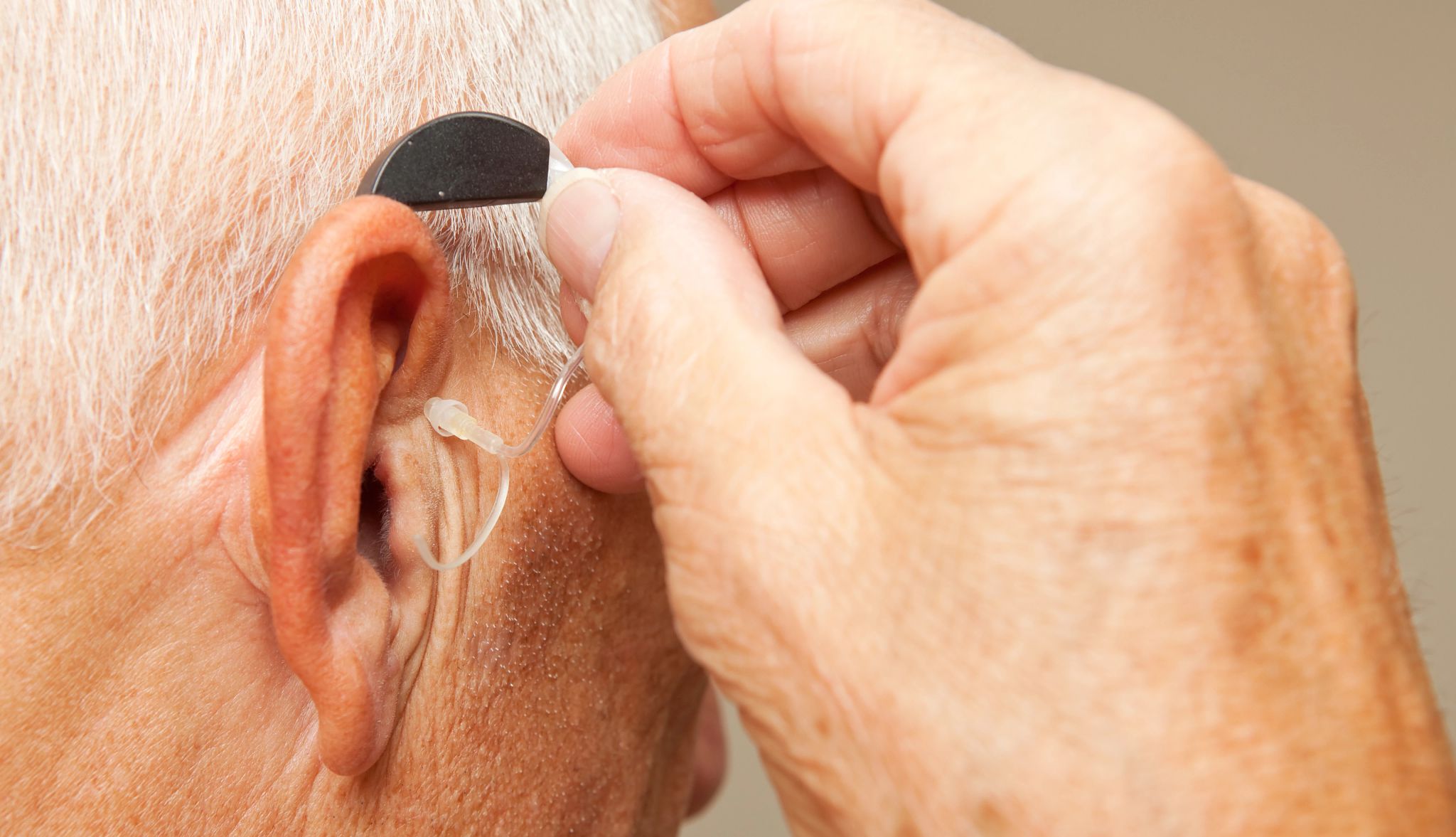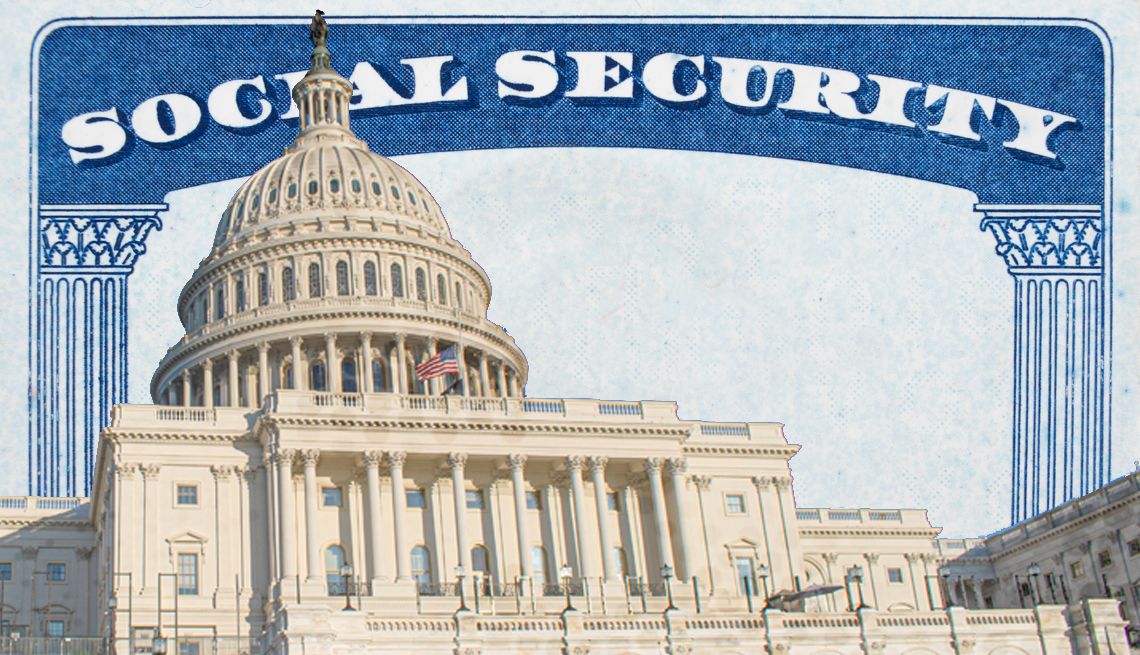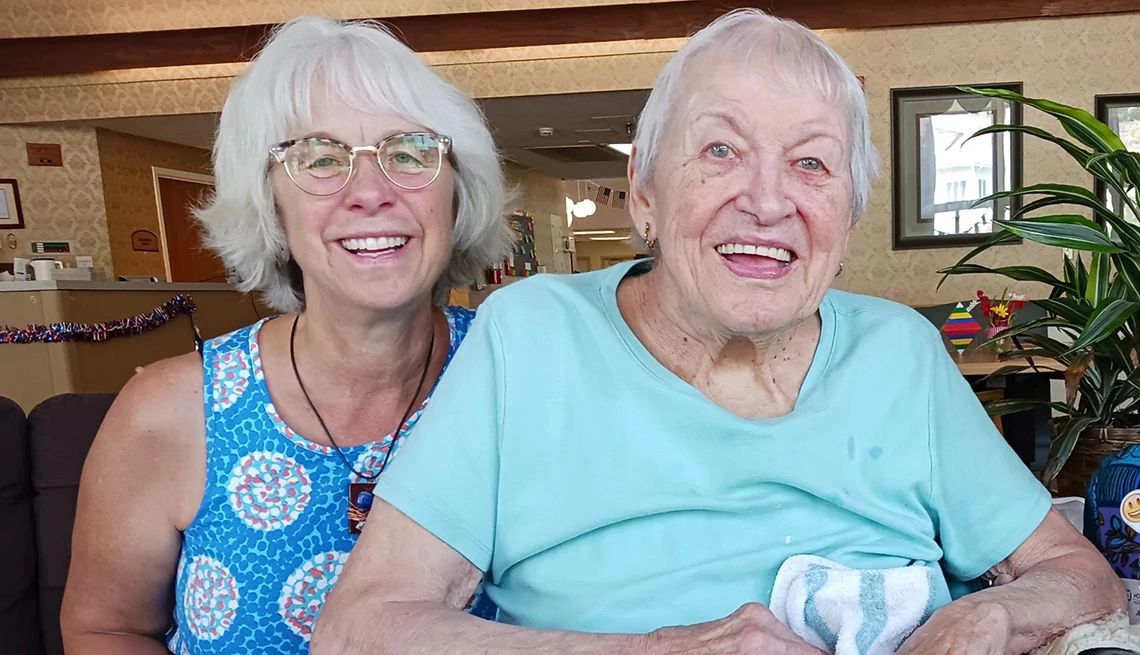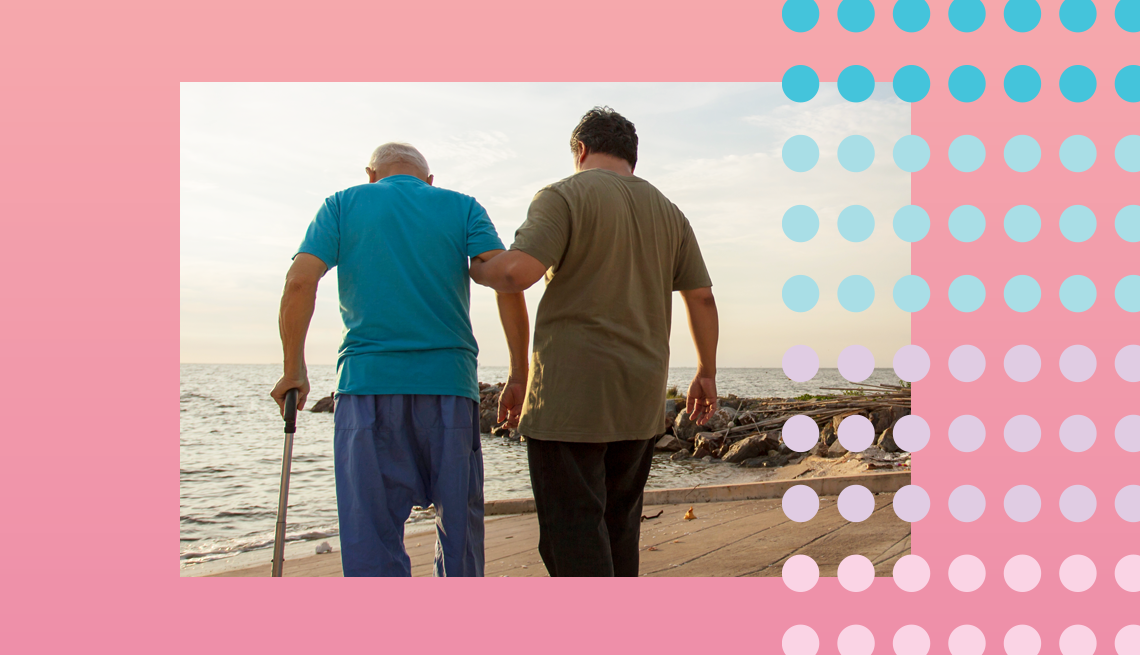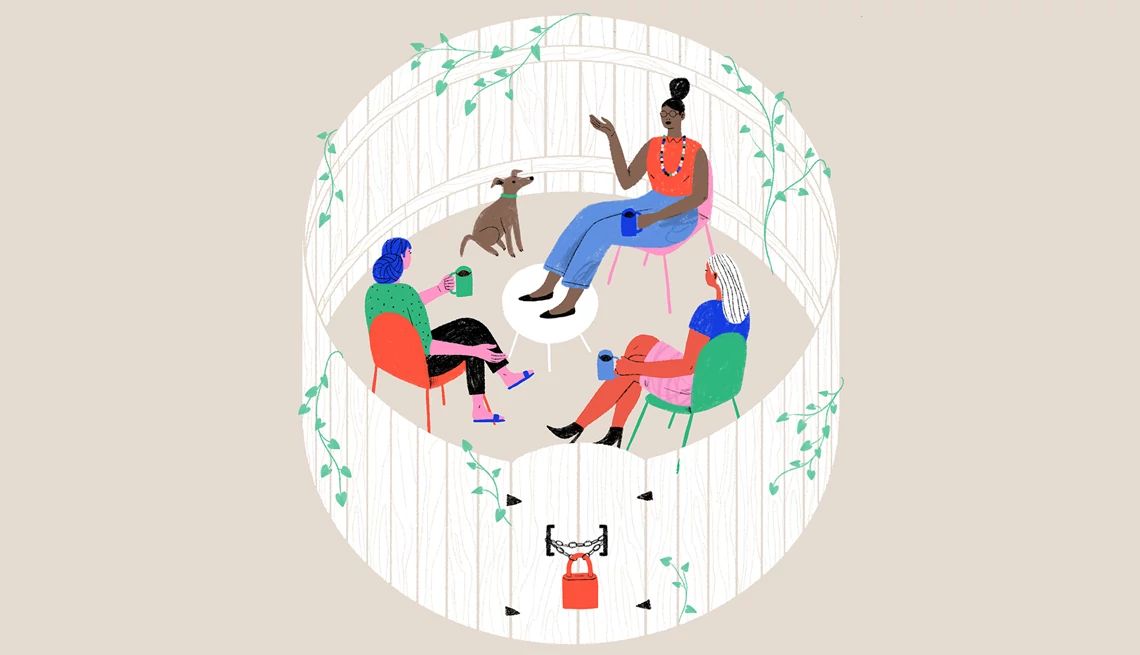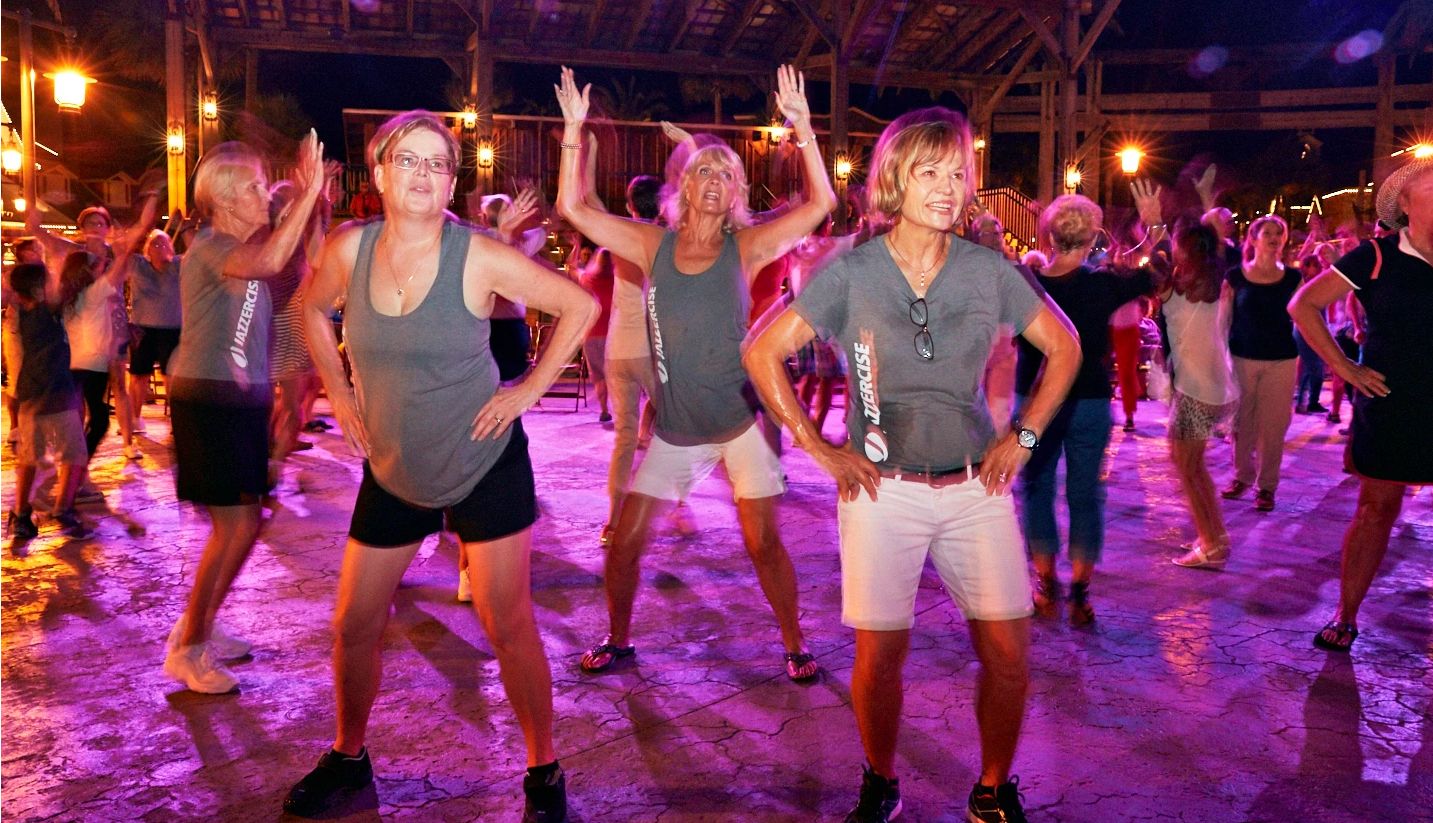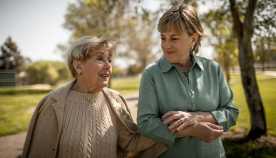AARP Hearing Center
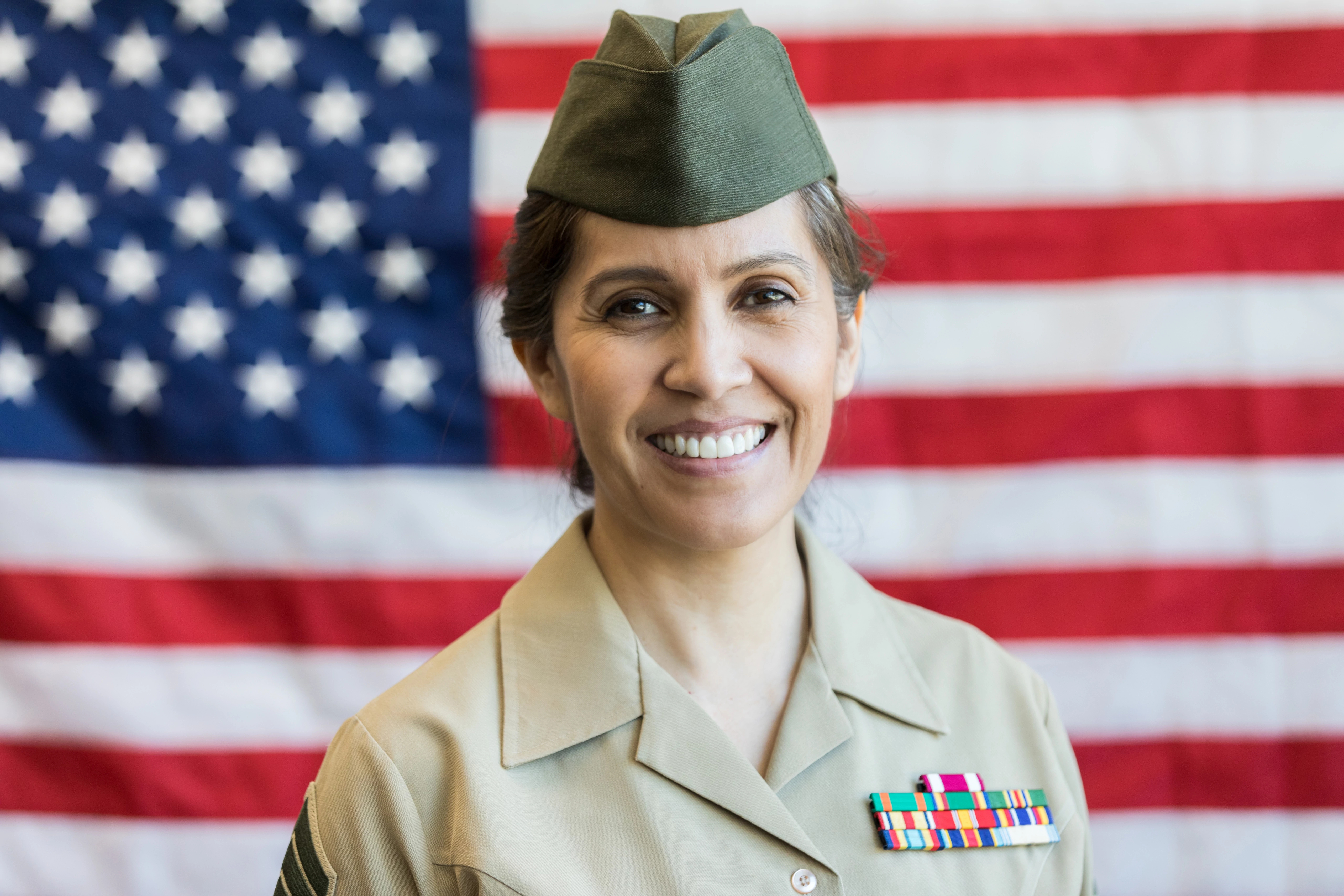
“We are indeed a sisterhood of service that has been blazing a trail since 1775,” said Marilla Cushman.
Cushman, the Senior Advisor to the President for the Military Women’s Memorial Foundation, shared a history of women in the military during a recent program in AARP Virginia’s Tuesday Explorers series. The Military Women’s Memorial at Arlington National Cemetery serves as a repository for the many accomplishments of women in service to our country.
Although not formally a part of the armed services, women performed military and military-related duties as early as the American Revolution. “We don’t know how many,” said Cushman, “but we do know they served on the front lines mainly as cooks and laundresses.”
Some, like Margaret Corman, took their husband’s place when he fell in battle. Others, like Deborah Sampson, disguised herself as a man, and enlisted as Robert Sherwood. Sampson’s identity was only discovered when she became ill and was hospitalized. She was quickly given an honorable discharge.
The same pattern continued during the War of 1812 and the Mexican American War, with women serving alongside men in a supporting capacity or disguising themselves as men.
The rules changed somewhat during the Civil War with women serving as spies or working on the battlefield as nurses, thanks to leading women like Clara Barton and Dr. Mary Walker who provided critical care to the wounded. Dr. Walker was the only woman in history to receive the Medal of Honor.
“Women nurses did such a good job serving alongside the Army during the Spanish American War that the Army decided they needed a permanent corps of nurses,” said Cushman.
The Army Nurse Corps was established in 1901 but with stringent provisions. The women could not be married and had no rank; they were simply called “nurse.” “Why were they called nurse? It’s because the male members of Congress did not want women ordering men around,” said Cushman.
In 1908, the Navy Nurse Corps was established. It was 1924 before retirement was permitted and relative rank was established.
When World War I came along, the Secretary of the Navy fearing a manpower shortage asked if he could recruit women. He was refused because under law, all enlistees had to be citizens and male.
By 1916 with shortages still in effect, the Secretary again requested to recruit women but this time in the Navy Reserve. His request was granted, since the only enlistee requirement was that all recruits be citizens. Women were quickly recruited to serve as clerks, draftsmen, translators, recruiters, and other similar positions.
By the end of World War I, over 10,000 women served in the Navy, along with about 200 in the Marine Corps and a handful in the Coast Guard. The only branch that did not permit women to serve, other than as nurses, was the Army.
However, General John Pershing recognized a need for qualified operators of the then-new telephone technology and obtained permission to recruit 223 women to serve in France, known as the “Hello Girls.” Pershing believed the war ended six months sooner because of their efforts.
“A fact to remember,” said Cushman, “none of these women who served during World War I could vote.” They pledged service to their country, but they did not have the right to vote until 1920. One of the early arguments against women’s suffrage was the inability to serve in the military made women unfulfilling their full rights of a citizen.
World War II also presented a shortage of military enlistees, but by this time all service branches, including the Army[1], embraced the recruitment of women. The Navy, Marine Corps, and Coast Guard permitted women to serve within their ranks in 1942.
The Women’s Army Auxiliary Corps (WAAC) was established in 1942. WAAC was part of but not administered by the Army. There were no benefits, no similar pay and rank structure as the regular Army, and they didn’t have veteran status.
Within a few years the WAAC concept collapsed and the Women’s Army Corps, or WAC, was formed. The Army was the only service branch with a separate corps for women.
About 400,000 women served in the military during World War II in all theaters of battle, as nurses and in other capacities such as aircraft maintenance, traffic control, and cryptography.
Thanks to Hollywood, said Cushman, many are now familiar with the 6888th Central Postal Directory Battalion, the first all-female, all-African American unit of the WAC. Their mission was to clear a massive backlog of undelivered mail for U.S. service members in Europe which they accomplished in record time.
Their work paved the way for greater integration and diversity in the military. In 2022, these women were awarded the Congressional Gold Medal for their contributions.
“World War II was a sea change for American women,” said Cushman. Women were given the opportunity to go to new places and learn new skills. They were able to go to school on the GI Bill and became teachers, business owners, and government workers.
“They literally changed America,” said Cushman.
The Women’s Armed Forces Integration Act which gave women a permanent role in the military was signed into law in 1948. Although it had some provisions that would impact women for decades, it nevertheless was a “crack in the glass ceiling,” said Cushman.
Some of the restrictions included limiting women to just two percent of the force. Grades were capped at Lieutenant Colonel or Commander. Cushman said the rationale for the grade cap was “male members of Congress felt that women would be going through menopause and therefore making irrational decisions.”
While women could be married, they were treated as single service members with no medical or other benefits for their families. They could not serve in combat or fly, and training and deployment assignments were restricted.
“These provisions served as major barriers to women’s progress well into the 1970s,” said Cushman. The military academies and ROTC (Reserve Officers’ Training Corps) programs were closed to women, and they were discharged if became pregnant.
Women nurses played key roles during the Korean and Vietnam wars serving in front line military hospitals and hospital ships. By the early 1970s, draft shortages for the Vietnam War led to the recruitment of more women, eliminating the two percent limitation and allowing women to serve in higher ranks.
By the late 1960s and early 1970s, women turned to the courts to protest unequal treatment in the armed forces and often successfully. By, the end of the draft in the mid-1970s, the women’s movement and the shift to an all-volunteer force helped propel women’s careers in the military.
In 1973, entitlements for women service members were extended because of a 1971 lawsuit by a young woman Air Force 1st Lieutenant. She was married but suffering financially because she was not given a housing allowance, and her husband was not entitled to base privileges like commissary and medical care.
She filed her case in Alabama, but the American Civil Liberties Union took up her case and a young lawyer named Ruth Bader Ginsburg took it all the way to the Supreme Court, who ruled that it was unconstitutional for women, not just in the military but everywhere, not to receive the same benefits as men.
As the needs of the military grew, more opportunities were open to women. By the late 1970s and early 1980s, ROTC programs and the military academies were open to women which led to more job options.
By the first Gulf War in 1990, women were deployed equally with men. Former restrictions against women deployed on aircraft carriers and in combat zones were dropped.
“Like World War II, the global war on terrorism has brought enormous change to our military and the role of military women,” said Cushman. The conflicts in Iraq and Afghanistan demonstrated that “the battlefield knows no gender.”
During the past two decades, women have risen to the ranks of Admiral and four-star General. Women have served as the Chief of naval operations and as the Chief Officer in the Coast Guard.
Since the beginning of our nation through today, women have stepped forward even without benefits and entitlements. “In the face of it all, women just want to serve.” Cushman concluded.
This program is available on AARP Virginia’s YouTube Channel. For more information about the Women’s Military Memorial, visit their website, where you can nominate a veteran or service member to be a part of the database.
[1] The U.S. Air Force was a division of the Army at this time; it did not become a separate branch until 1947.




